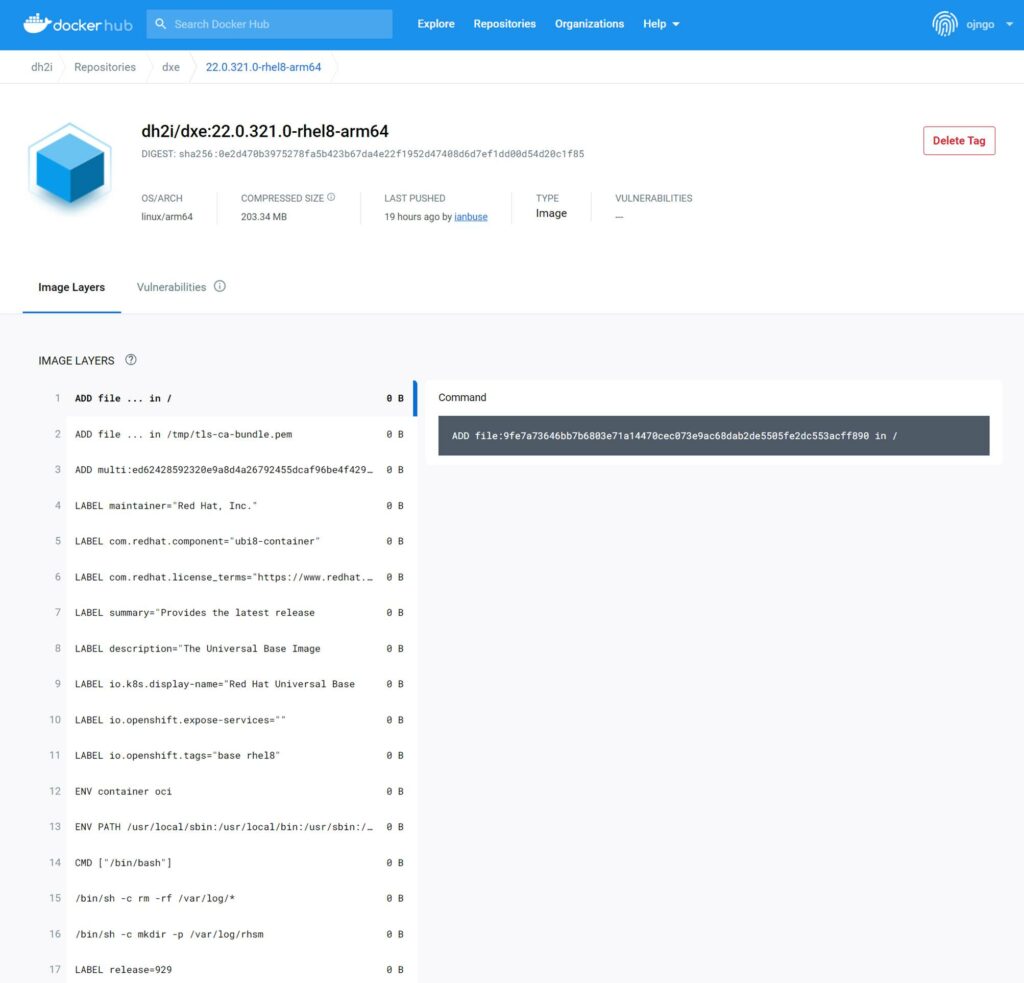DH2i has made generally available a container sidecar option for the version of its high-availability platform for Microsoft SQL Server databases deployed on Kubernetes clusters.
Previously, the DxEnterprise (DxE) platform could only be deployed as a custom image within the same container running an application.
DH2i CEO Don Boxley says that IT organizations don’t seem to prefer one approach over the other, so the company has decided to support both options starting with version 22 of DxE.
A sidecar enables DxE to run in a separate container alongside an application container in a Kubernetes pod in a way that makes it simpler to deploy and isolates it from the rest of the application environment. That approach also makes it easier to scale by adding additional sidecars across multiple instances of Kubernetes clusters. The tradeoff, of course, is that this creates another set of containers that need to be provisioned, deployed and managed.
Regardless of approach, the one thing that is apparent is that with more stateful applications now being deployed on Kubernetes clusters, the need to ensure that the databases accessed by cloud-native applications are highly available has become a bigger priority, says Boxley.
DH2i’s DxE automates the networking tunnel setup required for cluster communication and replication across availability groups (AGs) without requiring IT teams to manually open ports to provision a virtual private network (VPN). The goal is to enable IT teams that have deployed a Microsoft SQL Server database to achieve instant recovery time objectives (RTOs) in the event a database becomes unavailable for any reason. IT teams can mix and match instances of Microsoft SQL Server running on Windows or Linux platforms as they see fit regardless of whether they are deployed on virtual machines, bare metal servers or in the cloud.
At this juncture, there are still lot more containerized applications running on Linux than on Windows platforms. However, ever since containers were made available on Windows, the number of containerized applications running on Windows has steadily increased. It may be some time before Windows catches up to Linux in terms of the number of containerized applications deployed, but it’s apparent the gap is narrowing rapidly.
In the meantime, it’s still not clear what database will be the preferred way to host stateful containerized applications in production environments. Developers tend to prefer to build applications using open source software for which they don’t have to get permission from a central IT team. It’s not common, however, for those IT teams to re-platform an application to limit the number of databases that need to be supported in a production environment.
Regardless of what database is employed in a containerized application environment, the one thing that is certain is the number of databases being deployed in cloud-native application environments is rising steadily. Each IT team will need to decide for themselves which type of database to deploy based on the requirements of the workloads, but chances are good that Microsoft SQL Server databases will be part of that mix.




